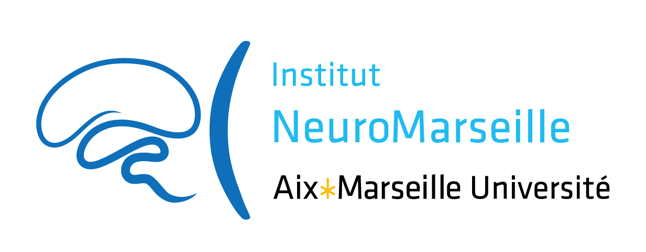A retino-cortical model of anticipation
Un modèle rétino-cortical d'anticipation
Résumé
When processing a moving object, the visual system uses several anticipation mechanisms to compensate the delay induced by the photo-transduction [1,2]. On one hand, retinal gain control advances the peak in sensory cells response. On the other hand, due to the lateral connectivity, the activity begins to raise before the moving stimulus enters in the receptive field of the sensory cells. This last effect, a "latency shift", is observed both in the cortex [2] and in the retina [3].
We present a model assembling a realistic retinal input fed by a video stimulus to a cortical model of V1. We address the respective role of retinal and cortical anticipation mechanisms [4]. Our study unravels the role of retinal amacrine cells in the latency shift.
We shows a simulation of the V1 cortical activity, in response to a moving bar, obtained with amacrine cells and gain control inactivated (control conditions) and with amacrine cells activated. In both conditions the activity starts well before the time of the stimulus arrival in the center of the receptive field of the cortical column. This is the anticipation induced by latency shift. However, the amacrine cells increases quite significantly this peak shift (here about 47ms before control).
| Origine | Fichiers produits par l'(les) auteur(s) |
|---|
